
Part-time survey advisor at Pew Research Center, hiker, bad golfer, hoops fan
Reposted by Linda J. Skitka, David Darmofal
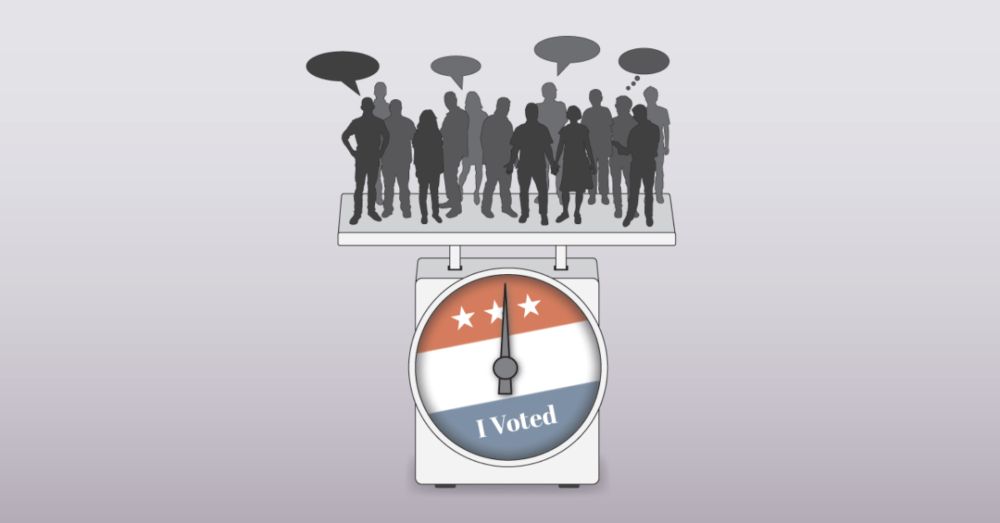
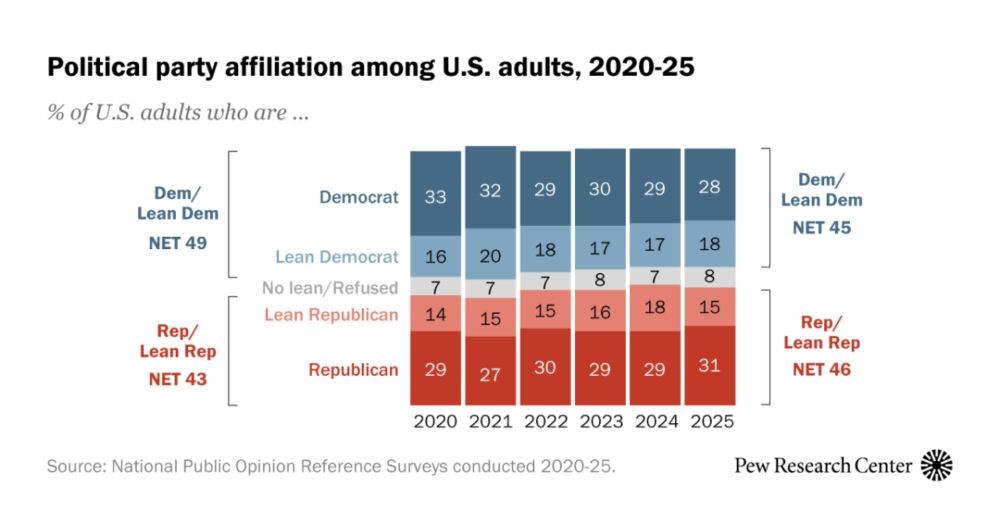
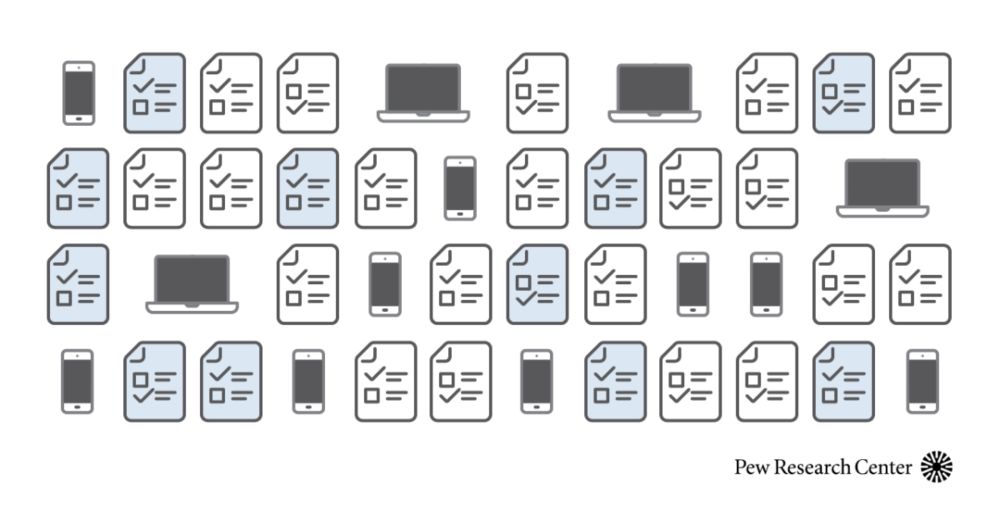
Reposted by Scott Keeter

www.pewresearch.org/global/2025/...
Below, a thread of some key findings
Reposted by Scott Keeter
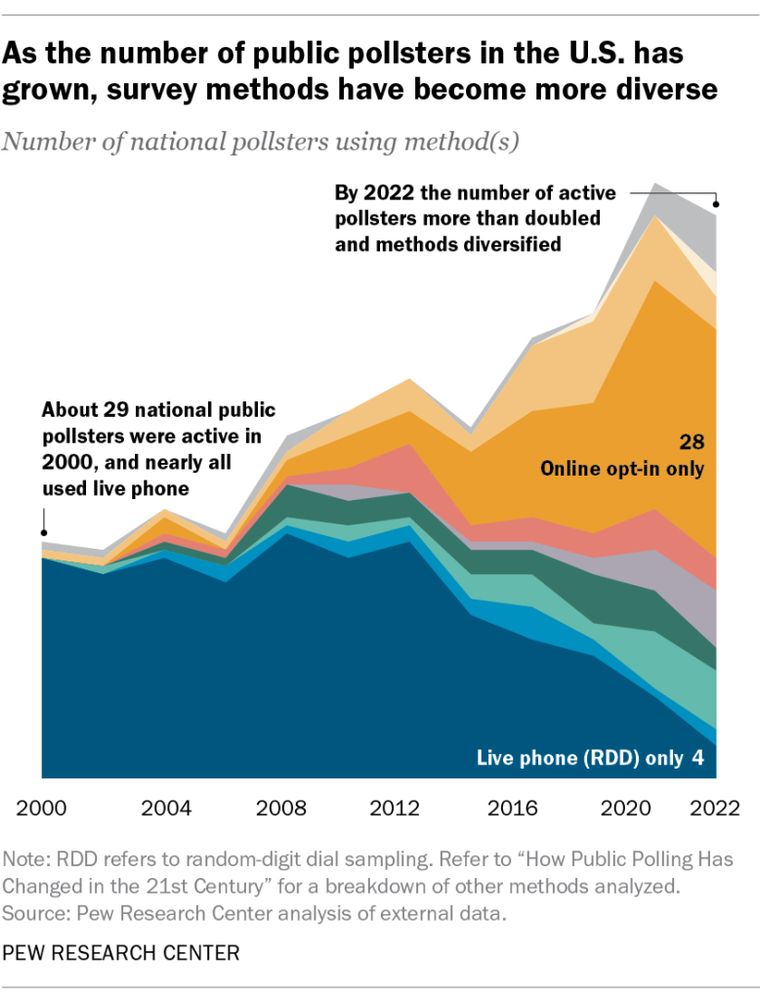
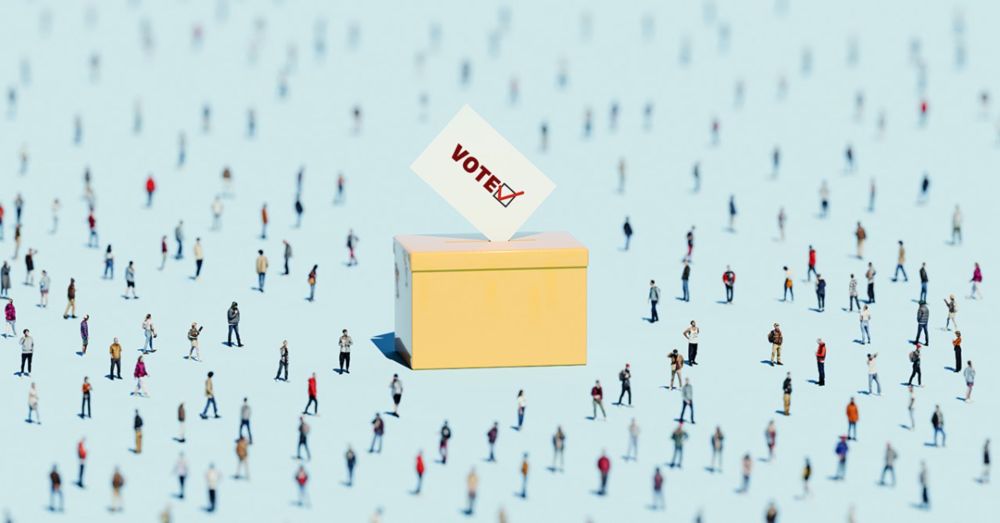


Reposted by Scott Keeter


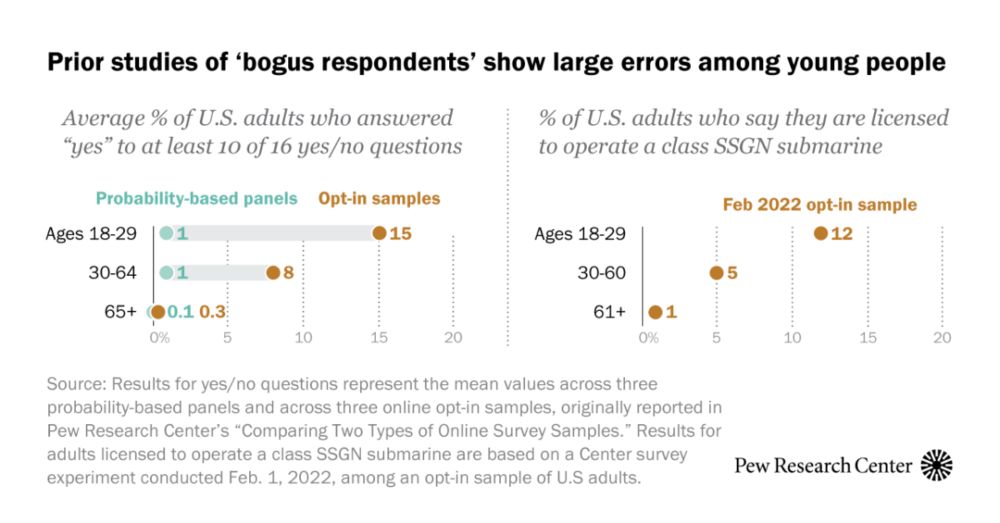

Reposted by Scott Keeter
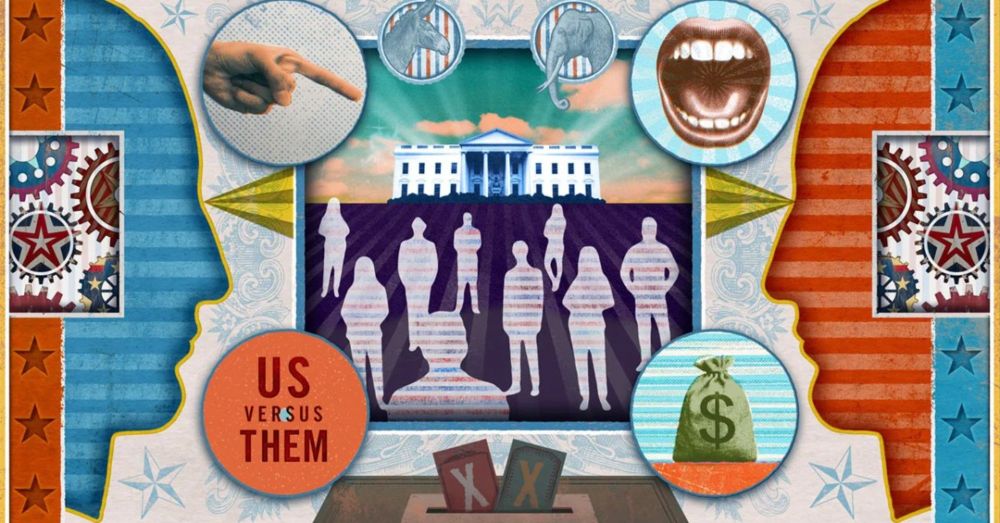
www.pewresearch.org/politics/?p=...
Reposted by Scott Keeter
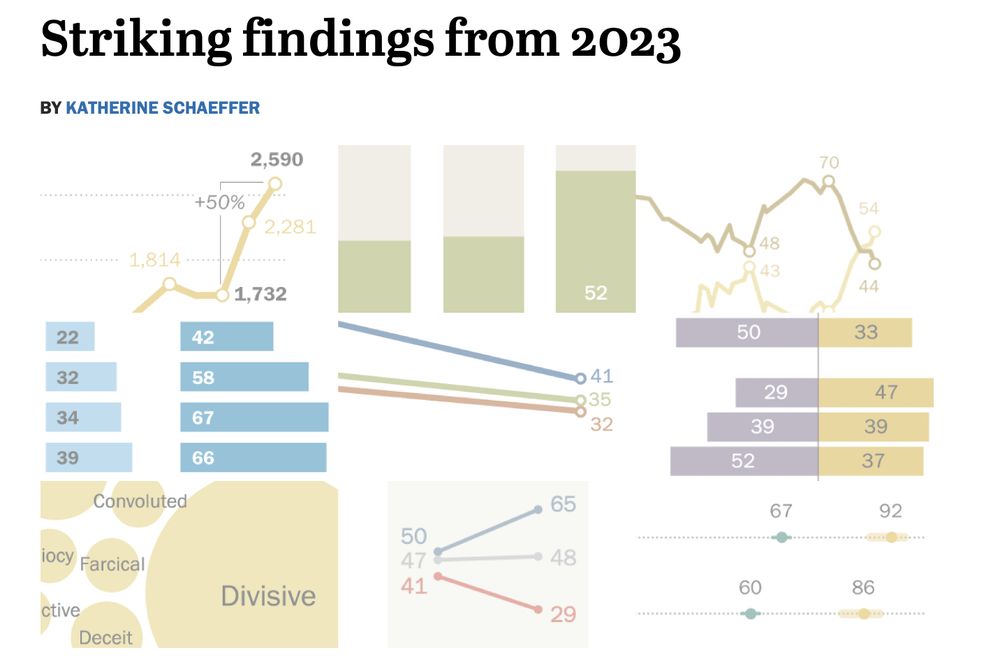
These findings and charts from the past year include a record-high share of unmarried Americans, record-low views of the Supreme Court, rising public concern about artificial intelligence, and more.
Read the full list: pewrsr.ch/47PSOx4



